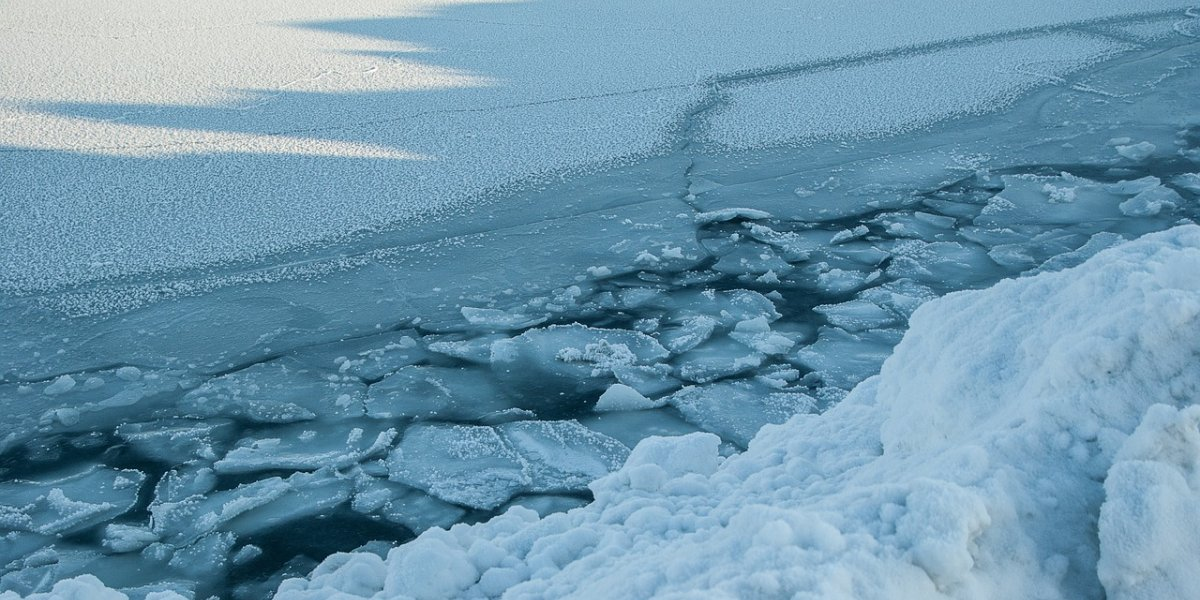ACCEPT: Aerosols, Cloud Changes and Energy transport into the Polar domain: The role of feedbacks to the local climate response
The Arctic is warming more than twice as fast as the rest of the world, with dramatically decreasing trends in sea-ice and snow cover (AMAP,2017). This ‘Arctic amplification’ of global warming is a feature of human-made climate change, but its causes and consequences are not fully understood.
Photo: Pixabay
Project details
Arctic Amplification
This project aims to better understand why the Arctic is warming more than twice as fast as the rest of the world. There is still a lot we do not know about what is causing this and how it will affect the region, and climate models show a wide range of possible outcomes. Arctic warming is driven by a complex mix of factors. For example, as sea ice melts, more ocean is exposed, which absorbs more sunlight and warms the air. Other factors include clouds, water vapor, and the movement of heat and air pollution into the Arctic.
Transport of air pollution
Reduced sulfur emissions in Europe over the last few decades may have also contributed to increased warming in the Arctic. In this project, we use models to identify key factors for simulating particles in the Arctic, so we can better understand their role. Recent advancements in observations, like long-term ground measurements, more field campaigns, and cloud monitoring through remote sensing, are helping us improve the accuracy of climate models. Using these improved models, we are studying the impact of the 2020 shipping emission regulations on the climate.
Heat transport
Apart from air pollution, heat from lower latitudes is also transported to the Arctic, bringing water vapor that directly influences the greenhouse effect and changes clouds. In this project, we are closely examining what happens during intense episodes of water vapor entering the Arctic. New satellite data shows that many aerosols transported north arrive during these bursts of water vapor.
Clouds
How clouds respond to global warming is one of the biggest uncertainties in predicting future climate. We are investigating how particle simulations in models affect cloud behavior. By comparing satellite data with global models, we found that models tend to overestimate light, constant snowfall from supercooled clouds, instead of predicting heavier snow showers. This impacts how models simulate sea ice and the way sunlight is reflected in the Arctic.
Involved CICERO staff
From other institutions
Elisabeth Andrews, Annica Ekman, Trude Storelvmo, Kostas Tsigaridis
